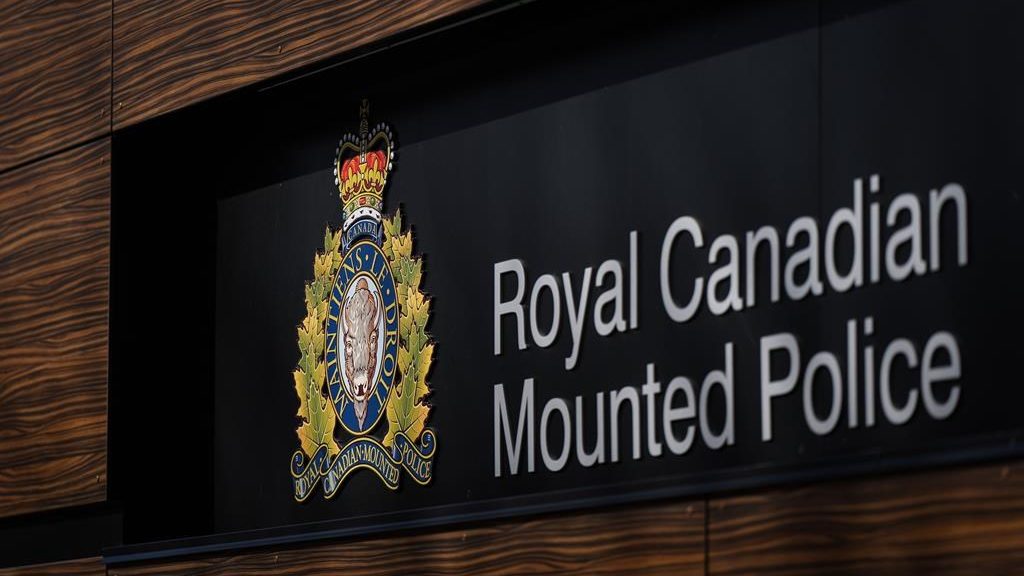Caisse generates 9.6 per cent return in 2012; assets grow to $176.2 billion
Posted Feb 27, 2013 11:47:03 AM.
This article is more than 5 years old.
MONTREAL – The Caisse de depot et placement du Quebec continued to make progress in rebuilding assets last year, generating above benchmark returns and claiming the title as Canada’s largest pension fund manager.
The Canadian investment giant said Wednesday that it generated a 9.6 per cent return on investments in 2012, raising its assets to $176.2 billion from $159 billion in 2011.
The returns for its top seven depositors ranged between 8.2 and 10.5 per cent. The Quebec Pension Plan achieved the top returns after gaining just 2.8 per cent in 2011.
By slightly beating the benchmark index of 9.3 per cent, the Caisse added $14.9 billion in net investment returns and $2.3 billion in net deposits.
As a result, it has managed to supplant, at least temporarily, the Canada Pension Plan Investment Board as the country’s top pension fund. The CPPIB recently reported $172.6 billion in assets as of Dec. 31, the end of its third quarter.
“We’ve made a lot of progress in delivering what needs to be done to reposition this institution and to make sure it has a bright future going forward and, because it does that, Quebecers can have confidence in the stability of their pensions,” Caisse CEO Michael Sabia told a news conference.
Since July 2009, the Caisse has achieved an annualized return of 10.7 per cent, adding $50.7 billion in investments. It beat the benchmark portfolio of 9.2 per cent, the equivalent of adding $6.9 billion in net investment income.
Despite disastrous results in 2008, which saw its asset base drop by nearly 23 per cent to $120 billion, the Caisse’s annualized returns over the last decade are 6.7 per cent.
While the risks of severe economic downturn have diminished, Sabia said the near-term growth prospects in Quebec and Canada are going to be more challenging because of headwinds facing the commodity and energy markets.
“We’ll probably lag behind the United States by a reasonable margin and similarly the same phenomenon is going to be evident here in Quebec where growth prospects in the near term are going to be tougher than they have been,” he told reporters.
Quebec Finance Minister Nicolas Marceau called the Caisse’s results “satisfying.”
“The performance obtained by the Caisse in 2012 clearly shows that the search for an optimal performance and economic development, far from being irreconcilable, go together,” he said in a statement.
The Caisse said its investments in asset-back commercial paper, which are held in trust, added one percentage point to the 2012 results.
Helped by the strong performance of stock markets outside of Canada, its equity investments — which account for 47 per cent of assets — generated the strongest return of any class with a 12.2 per cent return. Of the $8.8 billion generated, $2.1 billion came from its private equity portfolio.
The Canadian equity portfolio lagged because of its heavy weighting in the energy and material sectors, rising 6.6 per cent, well below the more than 13.5 per cent returns generated elsewhere.
The Caisse’s chief operations officer acknowledged being unhappy that its Canadian equity results lagged, but Bernard Morency said the fund is making changes to position the portfolio for the future.
“We’ve built a new portfolio that will change how we invest in public equities in this organization,” he added, calling the repositioning of its huge portfolio one of the most significant accomplishments of 2012.
It is also refocusing its large infrastructure, real estate and private equity portfolio. For example, it plans to continue reducing its hotel holdings to focus on shopping centres, office and residential properties. Ivanhoe Cambridge last week sold the Toronto Hilton and plans to announce two other sales in the coming weeks.
Its inflation-sensitive investments underperformed the benchmark index, generating an 11.1 per cent return. It added $2.5 billion in value, including nearly $2 billion from real estate and $511 million in infrastructure.
Fixed income, the second-largest asset class, generated $2.3 billion, or a 3.9 per cent return, led by bonds which grew $1.7 billion to reach $43.8 billion.
The Caisse increased its investments in Quebec by $5.9 billion in 2012, pushing its total investments in its home province to $47.1 billion — $27.6 billion in the private sector and $19.5 billion in the public sector.
It provided support to CGI Group (TSX:GIB.A) and Genivar (TSX:GNV), which both made important acquisitions in Europe. The Caisse also invested in Quebec-based companies such as Gildan (TSX:GIL), Innergex Renewable Energy , Laurentian Bank (TSX:LB) and Rona (TSX:RON).
Sabia said the Caisse continues to have faith in the ability of Rona and SNC-Lavalin (TSX:SNC) to recover from challenges each company faces.
Given new criminal charges filed Wednesday against some former SNC-Lavalin executives, Sabia was asked if the engineering giant met the Caisse’s requirement to invest only in ethical companies.
“We don’t have a lot of established companies with global potential in Quebec and Canada so our perspective is to continue investing in SNC-Lavalin because we are convinced that the company is in a position to respond to the challenges, which are incredibly important,” Sabia said.










